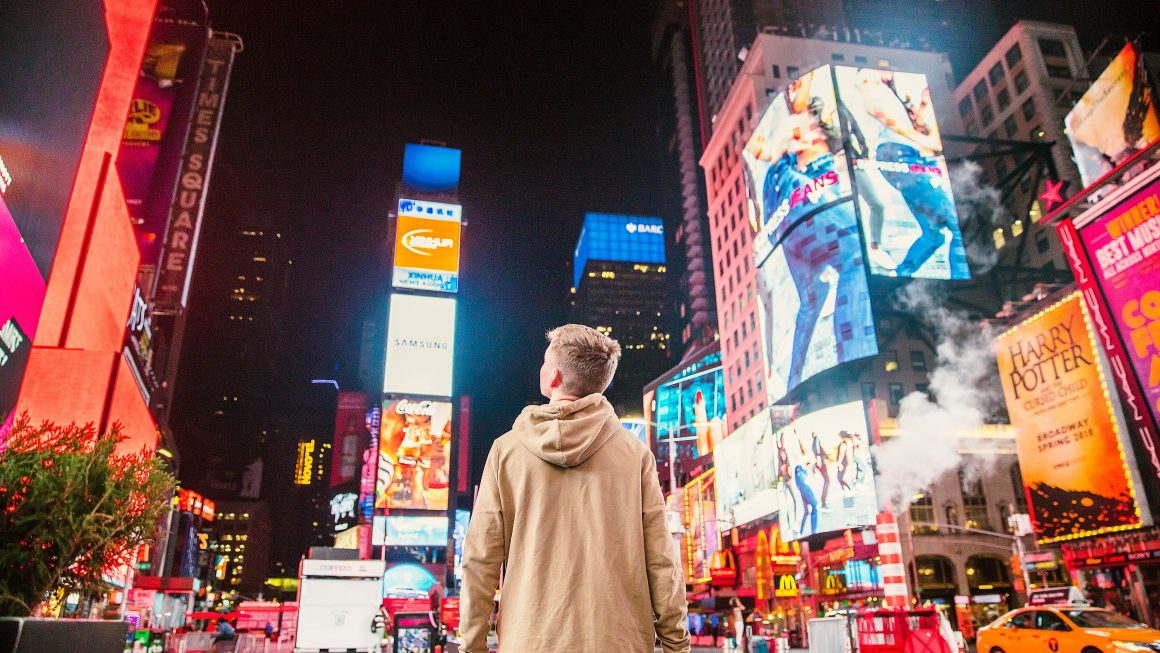Everyone is on Social Media these days and one such day I was browsing through Instagram and I discovered a profile, a girl that had the kind of followers, most of us would envy!
So what? Why is she worth mentioning here?
Well! It was no that I was like awestruck about her appearance and she is mentioned here, it is in her comment section, that I found a comment, which blew my mind away!
This girl was not just any random girl and was actually a CGI(Computer Generated Image). She was not real and yet she was so real and had followers like a celebrity.
Wow! A robot? What are they?
These are actually “Virtual Influencers” – the simulated humans that are representing brands, promoting real-life products through their Social Media posts. It has been sensational and more than an experiment, it has become a phenomenon of itself.
What are influencers then? Are there any real ones?
Influencers are Social Media users having a huge follower base that is utilized by brands and businesses to influence consumers and market their products and yes, there are real influencers still in business!
Here is a list of Top 10 Instagram influencers as of today according to hypeauditor:
- Cristiano Ronaldo- 192.4 Million followers.
- Selena Gomez- 163.4 Million followers.
- Kylie Jenner- 152.9 Million followers.
- Lionel Messi-138.1 Million followers.
- Kendall Jenner-119.6 Million followers.
- Beyonce-135.9 Million followers.
- Billie Ellish-44.3 Million followers.
- Ariana Grande-168.5 Million followers.
- Taylor Swift-123.7 Million follower.
- Neymar-129.7 Million followers.
As you can see the names in the above list are all celebrities and these celebs have their own profiles, which is different from each other and these profiles are targeted by the marketers particularly for influencer marketing strategies. Now, let us explore the realm of “Real vs. Virtual Influencers”.
Real vs. Virtual: Influencer Marketing
The real problem with the real-life influencers is that their influence is not what seems from their follower base. Only 23% of consumers find the references and products marketed through real influencers to be influential. Statistically, real influencers are lacking and at the same spot virtual influencers are gaining on the influential grounds.
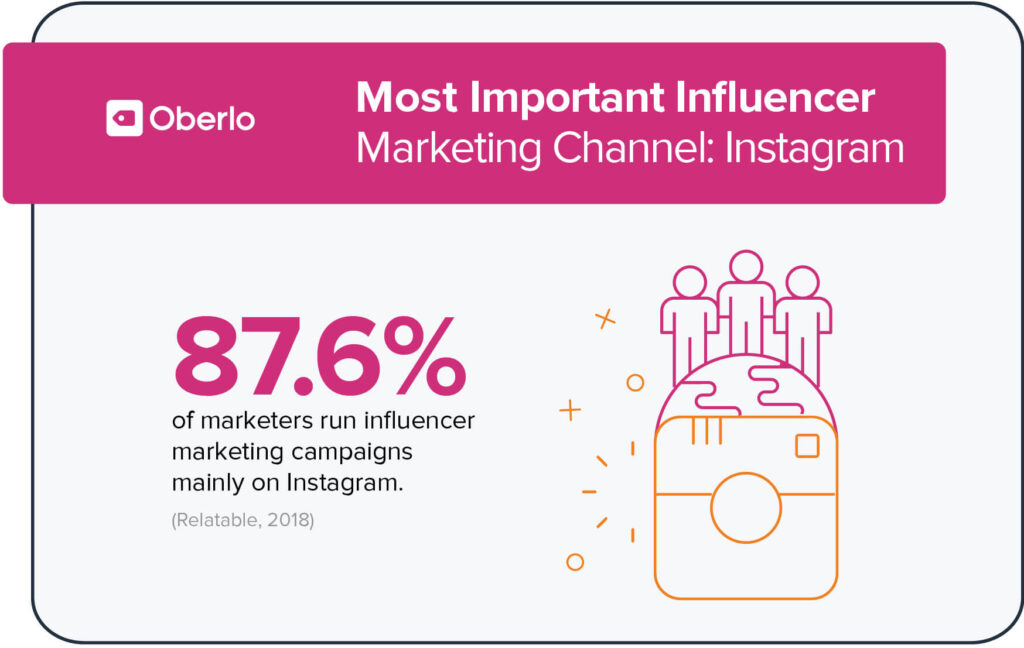
Though not limited to Instagram, influencer marketing has been a battleground between innovation and real-life influence on Instagram with 87.6% occupation. Further, let us explore the factors that separated real and virtual influencers.
R vs.V- Numbers:
Influencer marketing numbers are encouraging for the marketers. ROI(Return on investment) is quite high for influencer marketing than any other channel. If we consider the customer engagement rate, virtual influencers lead the way. Virtual influencers provide a 3X engagement rate than real-life influencers.
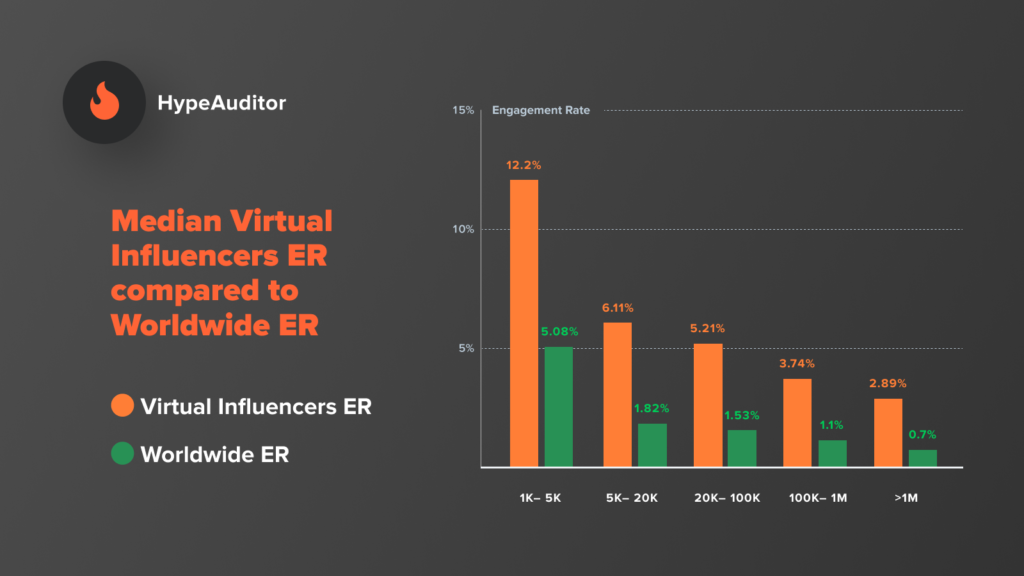
R vs. V: The Instagrammers
If you compare the average posts on the Instagram platform, the gap to be covered by the real influencers is quite high, at this rate, the virtual influencers are 4X times ahead than their real counterparts.
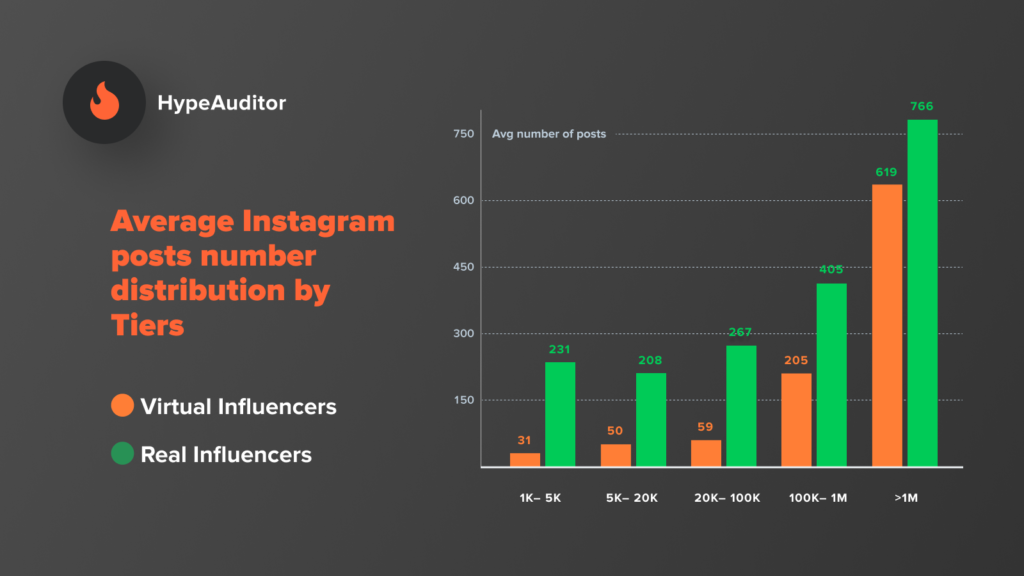
Despite the statistics, real influencers, still remain an effective force, but, as the virtual influencers are gaining momentum, there is stiff competition between the two influencer marketing approaches.
R vs. V- The story behind Virtual
Virtual influencers came to the marketing scene in April 2016, with Lil Miquela, designed by a startup called ”Brud”. Today, Lil Miquela has 1.8 million followers on Instagram account. She wears products from different brands and even produces songs.
Soon, this phenomenon took off and many others started creating virtual influencers. Even brands like KFC started a virtual influencer campaign with its iconic character of Colonel Sanders.
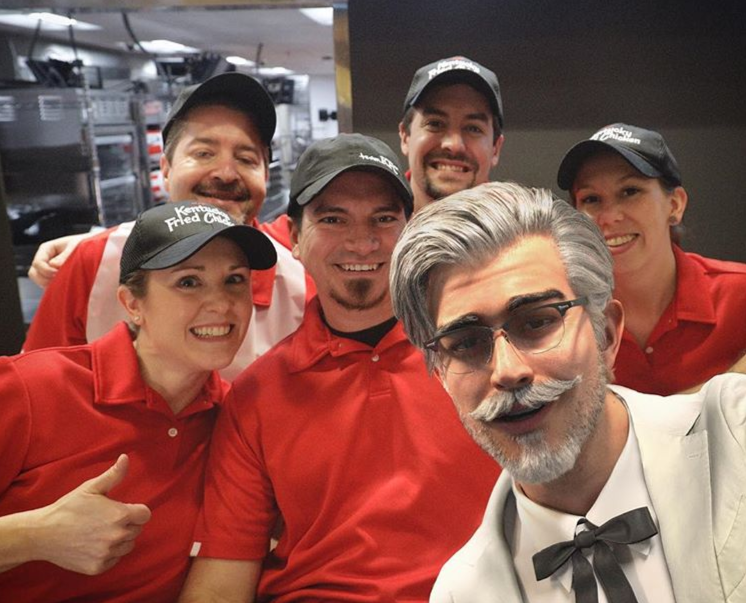
So, there are several such virtual influencers, these influencers have generated ROI of $18 on every $1 spent on the virtual influencer marketing. This shows how Virtual influencer marketing has achieved a liking from top businesses due to its high ROI.
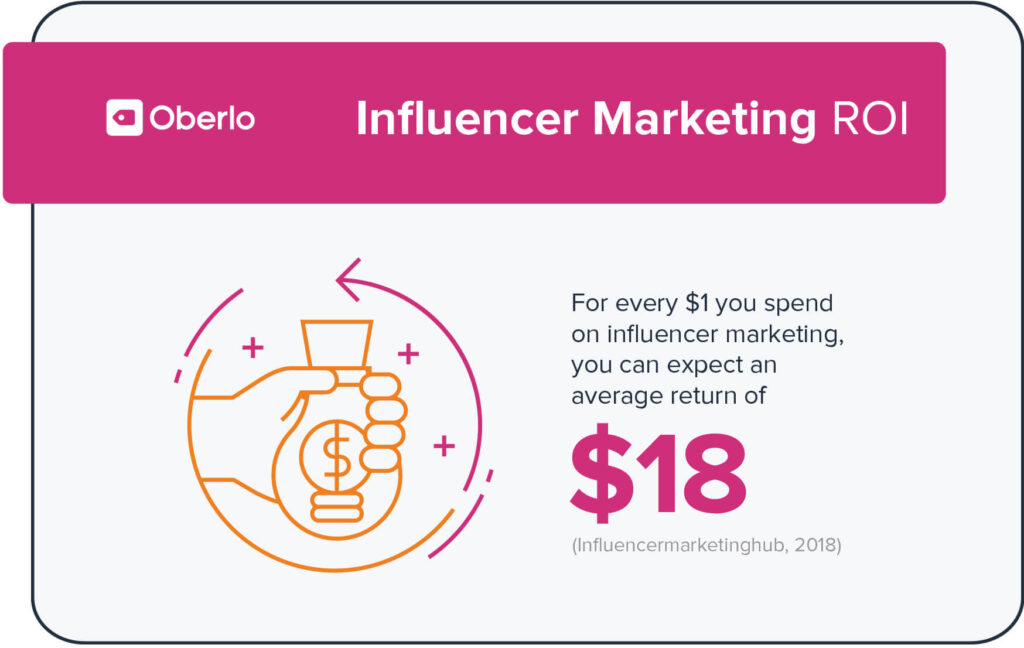
On the other hand, real influencers have seen marketing some decline. But, the overall influencer marketing paradigm has gained quite a momentum and has been more fruitful from other channels. As 89% of the respondents in a survey, admitted to better ROI through influencer marketing than other channels.
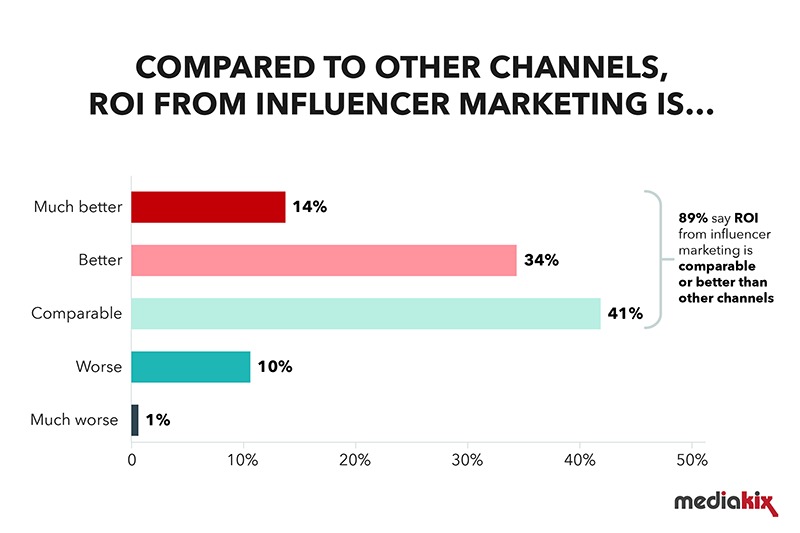
R vs. V- The customer point of view:
Consumers always look forward to suggestions for products they buy. While real influencers do have huge fan following, they stick to their profiles and can’t go out of the way to be amiable to different segments of consumers.
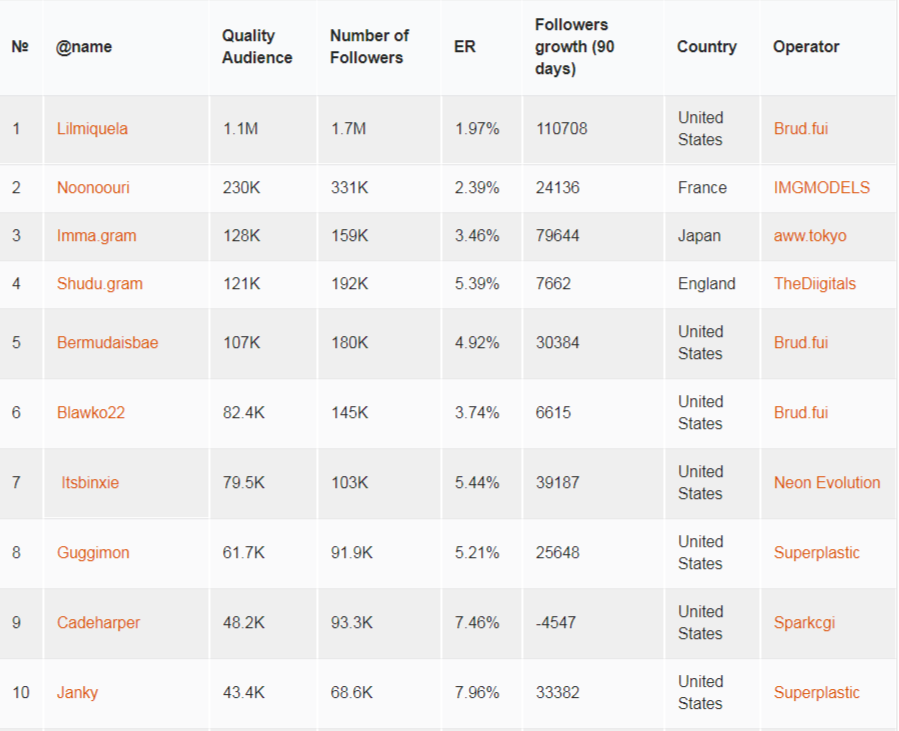
On the contrary, virtual influencers can interact with users and respond in a specific manner to convert normal conversations into potential leads. With e-commerce and digital stores, leveraging technology through applications and tools developed by mobile app development company for any business can increase the conversion ratio. However, there are limits to virtual influencers too, due to the technology limits.
Yet, there are users that prefer virtual influencers over human influencers, for several different reasons and one of them being unanimity of the virtual influencers.
R vs. V- False Positive problems:
Any influencer is measured on the basis of several parameters like follower base, popularity, demographics and many more. Often, these followers are false positives and exaggerated for increasing the market value. So, it can be said that real influencers often show more than their real follower base.
This issue is completely tackled through virtual influencer marketing, with the total control over the virtual influencer account to get the right idea of influence and marketers can even leverage these attributes through necessary changes.
Signing Off:
As we conclude our quest for the best influencer marketing strategy, we can see that the future of influencer marketing lies in virtual influencers and the same can be leveraged for your business. There is no doubt that a real-life influencer, does provide value and trust to consumers. But, at the costing front, these virtual influencers can prove far more efficient.



